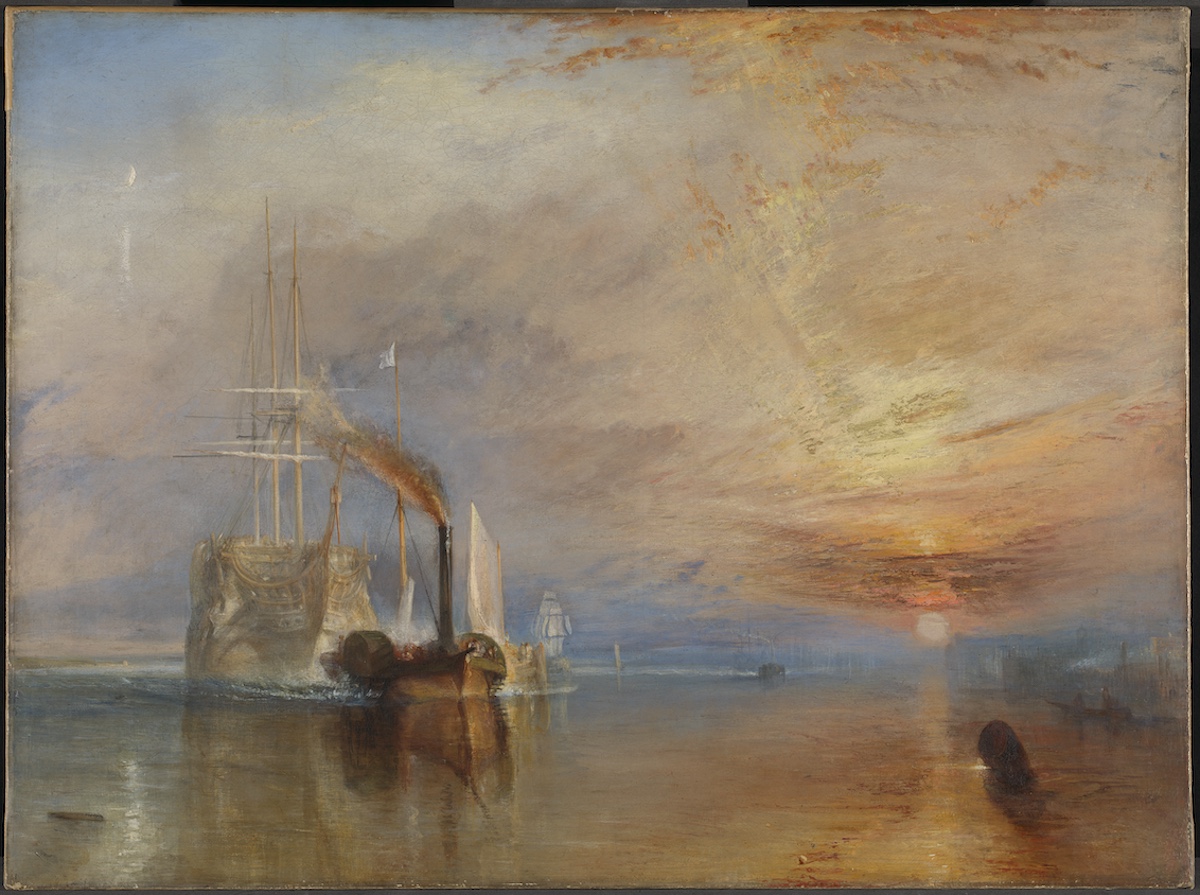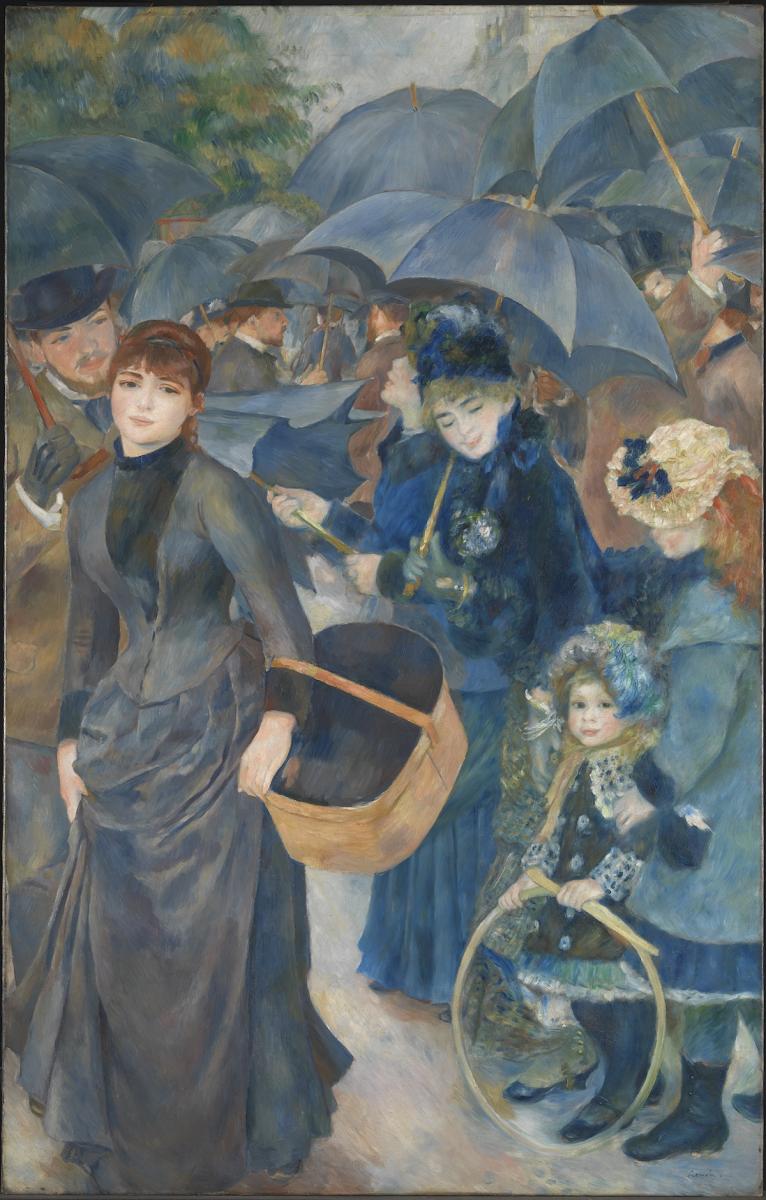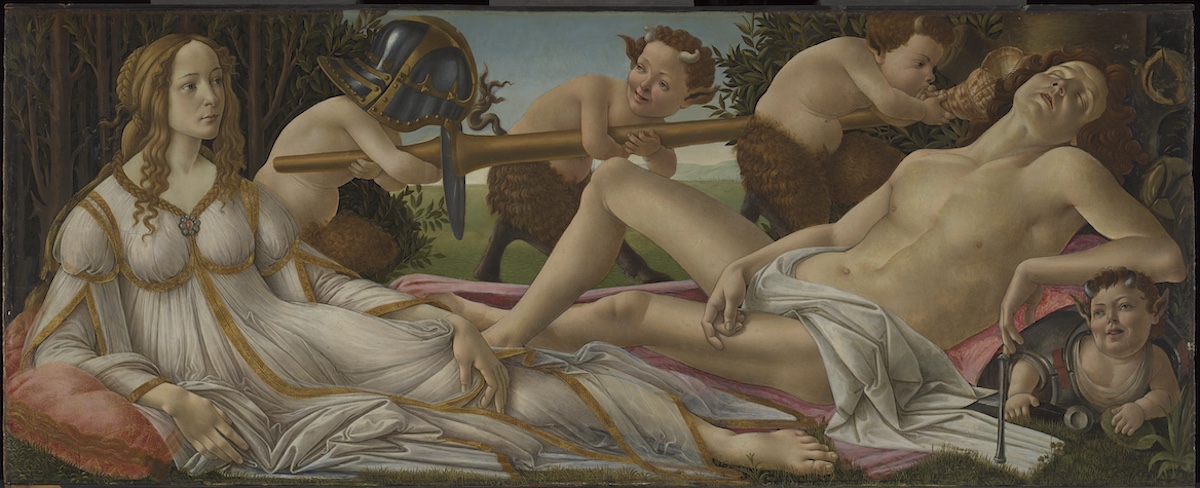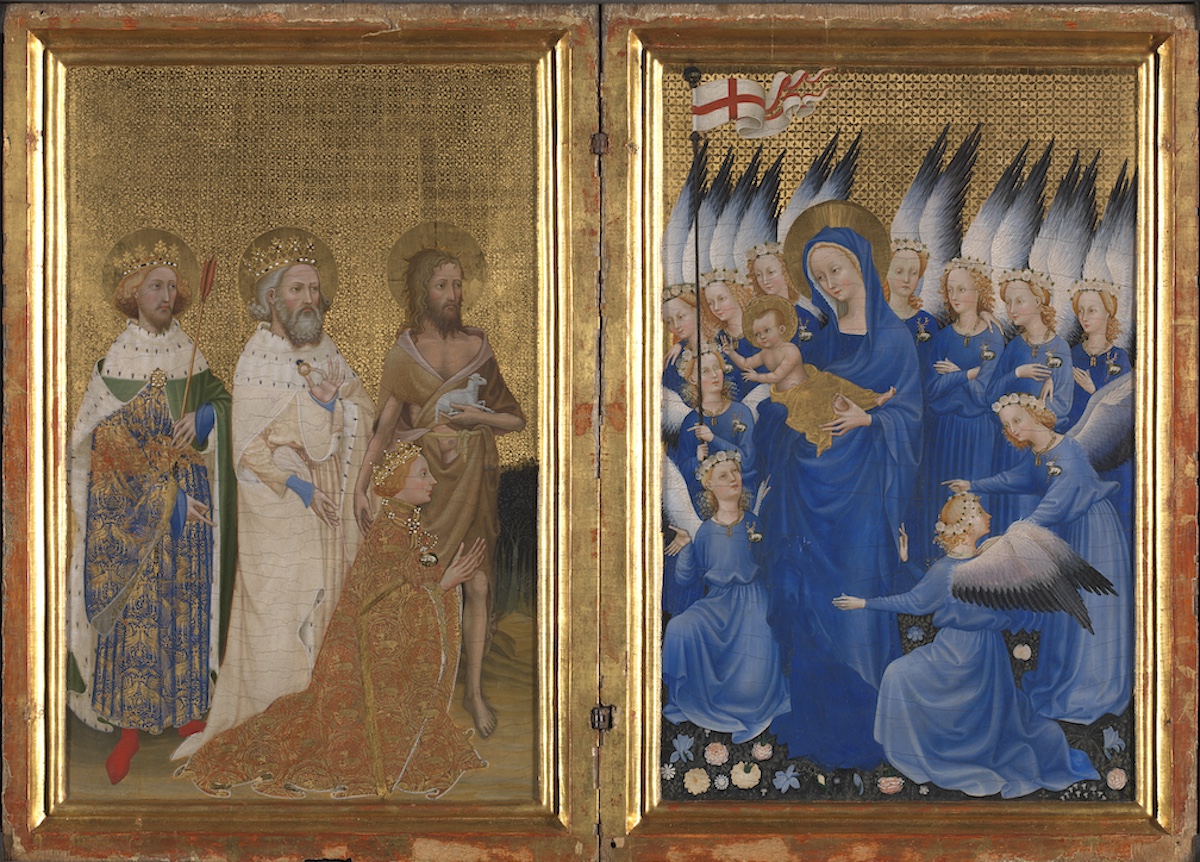This wonderful Cornish workshop and museum is dedicated to the legacy of studio pottery trailblazer Bernard Leach
What makes an ideal art collection?
What makes an ideal art collection?
10 May 2024
London’s National Gallery marks its bicentenary this year. Founded by parliament, for the people, its holdings represent a dazzling national vision of an ‘ideal’ collection. Jonathan Conlin considers the tectonic shifts in taste that created it
 Joseph Mallord William Turner’s The Fighting Temeraire, tugged to her last berth to be broken up, 1838. Image: © The National Gallery, London
Joseph Mallord William Turner’s The Fighting Temeraire, tugged to her last berth to be broken up, 1838. Image: © The National Gallery, London
Alfred de Rothschild was disgusted.
The banker and art collector took his responsibilities as trustee of The National Gallery seriously. The gallery’s Treasury grant was not to be frittered away on specimens by obscure artists of interest only to art historians, but husbanded for spending on ‘rescuing’ recognised masterpieces that might otherwise be sold to rich Americans. Hans Holbein’s The Ambassadors, for example, or Velázquez’s The Rokeby Venus. ‘I think that whatever The National Gallery buys ought to possess such undoubted merit and attractiveness, that the verdict of the public would be unanimous in approving of our purchases.’
Pierre-Auguste Renoir’s The Umbrellas was part of a bequest of modern French paintings by the Irish art dealer Hugh Lane, who went down on the RMS Lusitania in 1915. As a bequest, there was no question of the gallery having to spend any money. Rothschild nonetheless opposed accepting any work by Renoir, Manet or Degas, whose works ‘would disgrace the one-armed man who chalks on the flagstones of the streets’.
Happily for us, the Lane Bequest was accepted.
 Pierre-Auguste Renoir’s The Umbrellas, c.1881–86. Image: © The National Gallery, London
Pierre-Auguste Renoir’s The Umbrellas, c.1881–86. Image: © The National Gallery, London
Today The Umbrellas is among the gallery’s most beloved works, but a century ago several of Rothschild’s fellow trustees shared his anxiety at feeling the ground of taste shift under their feet. These trustees were less fond of Antonio da Correggio, the Carracci and later, 17th-century Italian artists such as Guido Reni and Carlo Dolci – the painters that the founding generation of trustees had found sweetly tempting. Otherwise these Edwardian connoisseurs’ taste was that of the English country house collection, strong in 17th-century Dutch ‘cabinet pictures’ and full-length grand manner portraits.
If there was a ‘science’ behind this connoisseurship, it had not developed much since the early 18th century, when the painter Jonathan Richardson produced short treatises on the subject. In the 1850s and 1860s the gallery’s first director, Charles Eastlake (his predecessors had been titled ‘keeper’), brought a new scholarly rigour to writing about art in English. A connoisseur’s intuition was complemented by a new attentiveness to archival research, to materials and provenance. Every summer Eastlake scoured Europe, hunting down works by 15th-century artists such as Giovanni Bellini and Jan van Eyck – panel paintings he appreciated as both beautiful and of art historical significance. As the gallery’s current director, Gabriele Finaldi, notes, it was Eastlake who created the gallery as we know it today.
 Sandro Botticelli (c.1445–1510), Venus and Mars, c.1485. Image: © The National Gallery, London
Sandro Botticelli (c.1445–1510), Venus and Mars, c.1485. Image: © The National Gallery, London
German scholars invented Kunstgeschichte (art history) as a discipline in the 19th century, but in Britain many shared Rothschild’s fear that the ‘German art doctor’ was losing sight of beauty in the pursuit of art historical specimens. This explains why Britain was so late in introducing university degrees in art history. The Courtauld Institute was only founded in 1932. As late as the 1970s it was still unusual for National Gallery curators to have even an undergraduate degree in art history. The cult of the gifted amateur reigned, even as these same curators vastly enriched the gallery’s holdings (as well as our knowledge) of periods of art previously overlooked.
Eastlake had only been able to make his acquisitions because he had the backing of Prince Albert as well as an annual purchase grant that he could spend on his own authority. In 1894 Rothschild clipped the gallery director’s wings, shifting the balance of power back to the trustees. The following three decades saw relations between curators and their board plumb new depths. It was only with the arrival of Kenneth Clark in 1934 that morale at Trafalgar Square began, slowly, to improve.
Today the gallery is as much the product of private generosity and private collecting as it is public spending. The Conservative prime minister and trustee Sir Robert Peel may have viewed Eastlake’s acquisitions as ‘mere curiosities’, but as a collector his eye for Dutch 17th-century paintings was remarkable. The gallery acquired his collection from his heir in 1871, including Hobbema’s The Avenue at Middelharnis.
 Meindert Hobbema’s The Avenue at Middelharnis, 1689. Image: © The National Gallery, London
Meindert Hobbema’s The Avenue at Middelharnis, 1689. Image: © The National Gallery, London
Both the industrialist Samuel Courtauld (in the 1920s) and the oil heir Sir Paul Getty (in the 1980s) endowed the gallery with special acquisition funds, which allowed it to compensate for conservative trustees and rising art markets respectively. In addition to the contribution all taxpayers make via the Inland Revenue, since 1903 thousands of Art Fund members and subscribers to their campaigns have done their bit.
However finite this art historical canon may seem, it is the product of generations of changing taste, connoisseurship and scholarship. In 2014 the gallery acquired Men of the Docks by George Bellows. Born in 1882, Bellows never visited Europe.
We feel the ground shift, pushing the collection’s chronological and geographical bounds. This process will continue as long as The National Gallery remains a living collection. As the gallery’s authorised historian, it is my job to explain how judgements of what paintings ‘belong’ have changed over the past 200 years, along with our understanding of what kind of building should house them and who should serve as their custodians.
Although I sometimes wonder how Rothschild could have been so wrong, the episode reminds me that one day our choices will be weighed in the balance. Here’s hoping we remain both curious and humble.
 English or French, The Wilton Diptych, c.1395–99. Image: © The National Gallery, London
English or French, The Wilton Diptych, c.1395–99. Image: © The National Gallery, London
Find out more!
Read our full feature on The National Gallery’s bicentenary celebrations, with news on all the exhibitions happening to align with the anniversary, in the latest issue of The Arts Society Magazine, out now and available exclusively to members and supporters of The Arts Society (to join, see theartssociety.org/member-benefits)
For more, see nationalgallery.org.uk
About the Author
Dr Jonathan Conlin
is a historian of British cultural history from c.1750 to the present, with a particular interest in the history of museums. He is The National Gallery’s authorised historian and an Accredited Lecturer for The Arts Society
JOIN OUR MAILING LIST
Become an instant expert!
Find out more about the arts by becoming a Supporter of The Arts Society.
For just £20 a year you will receive invitations to exclusive member events and courses, special offers and concessions, our regular newsletter and our beautiful arts magazine, full of news, views, events and artist profiles.
FIND YOUR NEAREST SOCIETY
MORE FEATURES
Ever wanted to write a crime novel? As Britain’s annual crime writing festival opens, we uncover some top leads
It’s just 10 days until the Summer Olympic Games open in Paris. To mark the moment, Simon Inglis reveals how art and design play a key part in this, the world’s most spectacular multi-sport competition



